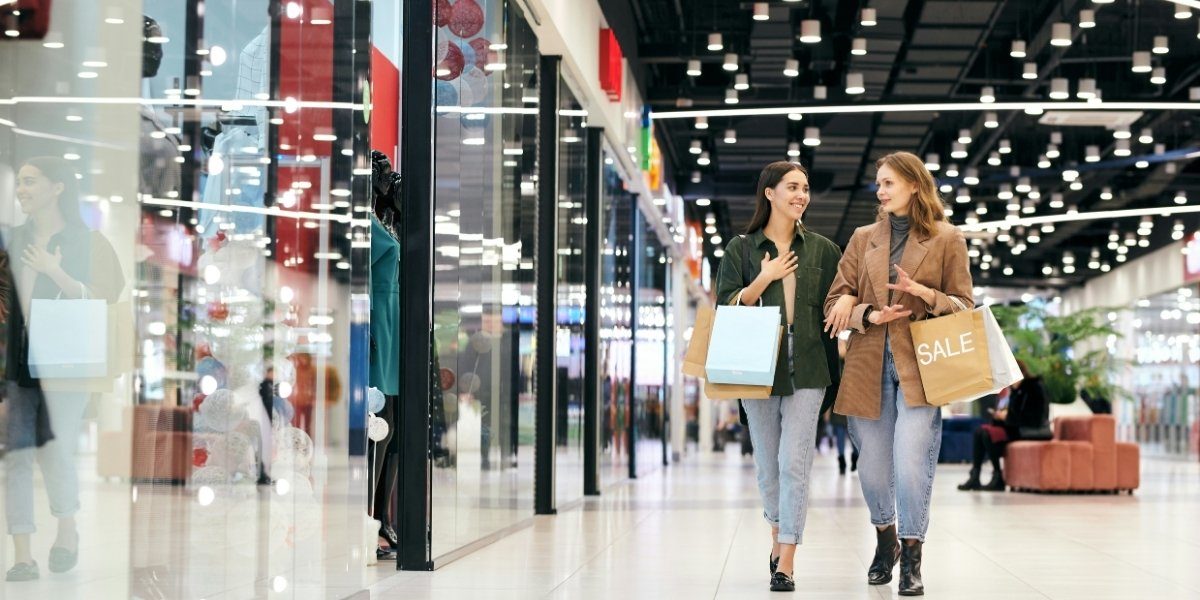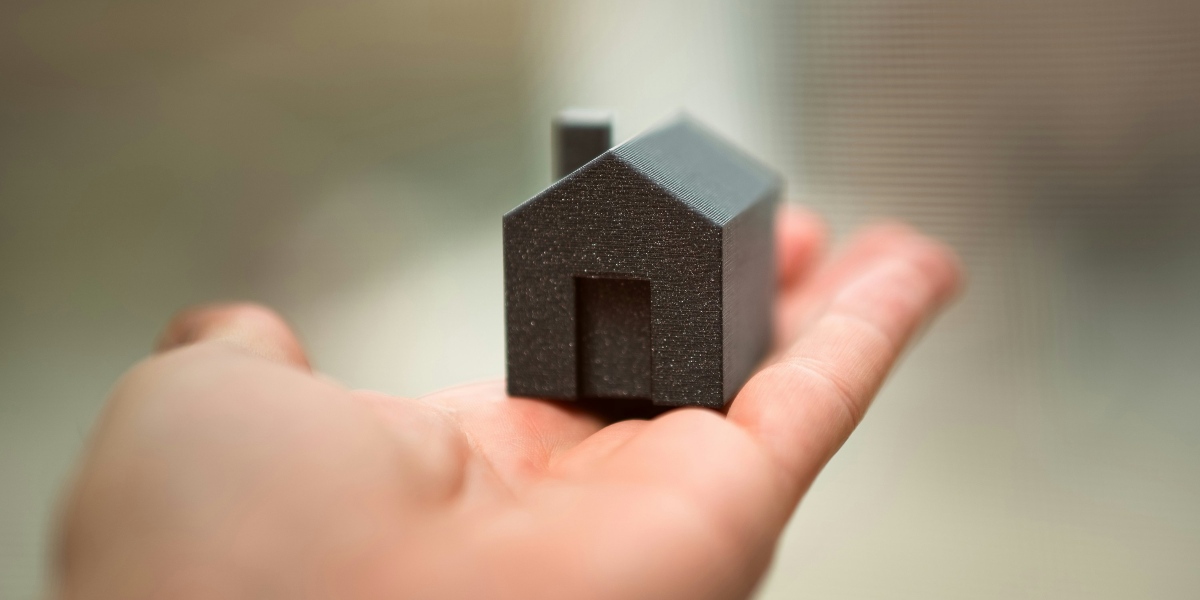Brick-and-mortar retail is quietly rewriting its story. While online giants dominate headlines, something more subtle is happening across neighborhoods and city centers. Physical stores are not disappearing — they’re transforming. The buzz may be louder online, but in storefronts and showrooms, innovation is quietly reshaping how people shop. Many predicted that physical stores would fade as digital platforms grew. But instead of vanishing, they’ve become more strategic. Retailers are taking lessons from e-commerce and applying them in-store — not as a defensive move, but as a deliberate evolution.
Read Also: Understanding and Cultivating Good Credit for Financial Stability
How Is Technology Enhancing Brick-and-Mortar Retail?
Behind the glass windows and polished counters, technology is working in silence. Artificial intelligence is analyzing foot traffic, purchase patterns, and restocking needs in real time. It’s helping retailers make smarter decisions without shouting for attention. Augmented reality and virtual reality are no longer gimmicks. They’re being used to help shoppers see how a couch fits in a living room or how a jacket looks without a dressing room. These tools offer a layer of convenience that once belonged only to e-commerce.
Some stores are implementing computer vision systems to monitor stock levels and shopper engagement. Smart shelves and sensors provide live feedback to floor managers, eliminating guesswork. This allows for faster decisions, better layouts, and improved customer service. Self-checkout kiosks, smart mirrors, and app-based loyalty programs make the shopping process feel more personalized and far less mechanical. These innovations are not flashy revolutions — they’re quiet shifts that make the entire experience smoother and smarter.
What Role Does Sustainability Play in Modern Retail?
Retailers are listening to more than just numbers. They’re paying attention to values. Sustainability is no longer optional. It’s become a defining factor in how brands operate and how customers decide where to shop. Physical stores are reducing their footprint with smart lighting, efficient HVAC systems, and composting stations. Some are even using locally sourced materials to build or redesign their interiors. These moves reduce overhead while aligning with environmentally conscious consumers.
A store that offers recycled packaging or eco-friendly displays might not seem groundbreaking at first. But these small adjustments add up. They’re part of a broader, quieter commitment to responsible business that resonates with modern shoppers. Retailers are also working with suppliers to source responsibly. Fashion brands are shifting toward materials like organic cotton and recycled synthetics. Grocers are reducing plastic packaging and investing in refill stations. These practices aren’t flashy, but they build credibility and trust over time.
How Are Physical Stores Adapting to Changing Consumer Behaviors?
Today’s shopper doesn’t want to browse aisles for hours unless there’s a reason. That’s where experiential retail comes in. Stores are turning into destinations — not just for buying things, but for connecting with products in meaningful ways. Some retailers now design their spaces more like lounges than stores. Customers can try products, chat with staff, or attend events. Bookstores host author talks. Shoe shops offer free customization workshops. Beauty counters run skincare consultations that feel more like wellness appointments than sales pitches. Even in everyday stores, layout is changing.
A space that once pushed fast checkouts now encourages a slower, more thoughtful visit. This is not about urgency. It’s about building relationships — something digital retail still struggles to replicate. Retail spaces are also becoming more community-centered. Pop-up shops, co-branded experiences, and small business showcases are bringing life back to underused retail spaces. Customers are drawn to environments that reflect their identity and values. These elements make a simple shopping trip feel like participation in something larger.
What Is the Future Outlook for Brick-and-Mortar Retail?
Physical stores are not fighting online retail; they’re integrating with it. The most successful strategies now involve hybrid models, where a customer may research online, test in-store, and order for home delivery — all in one smooth journey. Brands are rethinking size and location. Smaller, local shops with strong digital support are replacing sprawling mall anchors. These shops offer high-touch service without the overhead of larger footprints. Even checkout is evolving. Contactless payment and cashier-free stores are creating frictionless exits. Shoppers who once dreaded lines now walk out with a tap.
Retailers are also reevaluating how they train their staff. In-store associates are now expected to provide insight, context, and service that online platforms cannot. Personalized advice, deep product knowledge, and emotional intelligence are increasingly valuable traits on the shop floor. Neighborhood-specific approaches are becoming more common. Data is being used to tailor product selections to local preferences. A store in a suburban community may stock different styles and host different events than one in a dense urban setting. This hyper-local thinking makes physical retail feel less generic and more personal.
Read Also: The Role of Production Workers in Modern Manufacturing
Why Quiet Innovation Is a Strength, Not a Weakness
Change doesn’t always arrive with a bang. In retail, it’s showing up as better lighting, smarter apps, eco-packaging, and digital mirrors. It’s showing up in ways that feel natural, not disruptive. Brick-and-mortar retail isn’t fading away. It’s proving that innovation doesn’t have to be loud to be effective. Shoppers don’t always want spectacle. Often, they just want ease, trust, and a sense of connection. The strength of physical stores lies in their ability to blend human interaction with modern efficiency.
Quiet innovation is about refining what works — not discarding the past. It’s about making the act of shopping feel grounded, not transactional. Retailers that embrace this idea will continue to earn loyalty. They understand that shoppers value environments that feel welcoming, experiences that feel authentic, and service that feels thoughtful. Rather than competing with digital commerce, physical stores are positioning themselves as essential complements to it. They offer what algorithms can’t: spontaneity, conversation, texture, and nuance. And in a world of noise and speed, that quietness is becoming their most powerful advantage.








